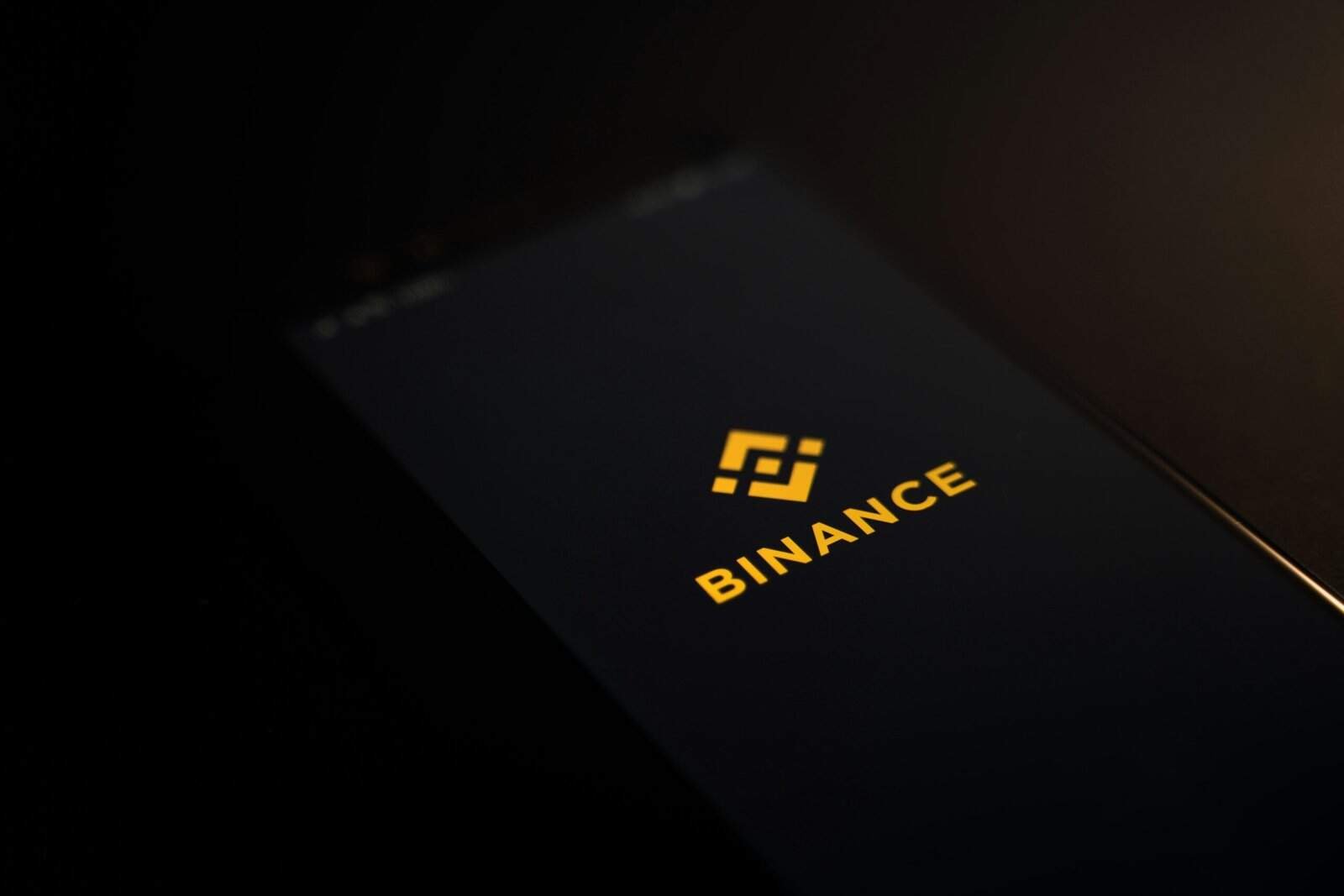Do you ever wonder how your cryptocurrency could potentially earn more for you while you’re simply holding onto it? In the ever-evolving world of cryptocurrencies, where ideas and technologies are constantly being reimagined, staking has become a buzzword that frankly could leave anyone a bit puzzled. You might find yourself asking: What is staking in the cryptocurrency realm?
Staking is more than just a fancy term, it’s a concept that holds weight for investors seeking to engage with their digital assets in a more robust way. Sticking to traditional banking methods might limit you to a certain interest rate or lock-up period, but cryptocurrency, in contrast, offers something distinctly unique with staking — the promise of earnings that could far surpass what traditional financial institutions might offer. Let’s break this down, to ease understanding and potentially demystify the process for you.
Understanding the Basics of Staking
Staking is closely intertwined with the basic concepts of blockchain technology. At its core, staking involves participating in a blockchain network by locking up your cryptocurrency holdings to support various network operations such as transaction validation, security, and overall network integrity. It’s akin to earning interest on your crypto assets, but its intricacies go beyond what meets the eye.
How Does Staking Work?
To understand staking, you must first get acquainted with proof-of-stake (PoS), the consensus mechanism that facilitates it. PoS is an energy-efficient alternative to the traditional proof-of-work (PoW) system employed by cryptocurrencies like Bitcoin. While PoW relies on computational power to solve complex mathematical problems, PoS allows you to validate transactions and mine tokens based on the number of coins you hold and are willing to lock up.
In staking, by committing a set amount of your digital currency to the blockchain, you essentially contribute to the blockchain’s function, making it more secure and efficient. As a reward for your participation, you earn additional tokens over time. Not only do you support the network, but you also foster the ecosystem while potentially growing your initial investment.
The Pros of Staking
Staking presents several advantages, particularly for those invested in cryptocurrency long-term. Among the most noticeable benefits is the potential to earn rewards. These rewards can vary greatly depending on the network’s rules and the amount of currency you’re staking. Besides earning rewards, staking allows for significant contributions to network security and efficiency, without the need for expensive, energy-intensive hardware.
Additionally, it fosters a community-driven approach to maintaining blockchain networks. As someone who stakes, you become more involved in the network, providing a sense of ownership and active participation.
Potential Downsides and Risks
As with any investment or financial activity, staking is not devoid of risks. One of the primary concerns involves the lock-up period, where the staked cryptocurrency is inaccessible. In times of market volatility, this could prevent you from liquidating your assets if desired. Furthermore, network-specific issues or unforeseen changes in consensus protocols can impact rewards and staked assets. It’s crucial to stay informed and actively engage with the cryptocurrency’s community to manage these risks appropriately.

Different Types of Staking
Not all staking is created equal, and the intricacies change slightly depending on the chosen cryptocurrency or platform. Different networks have adapted various forms of staking mechanisms, some evolving into hybrid models that enhance user experience or network efficiency.
Direct Staking
Direct staking involves directly locking your coins in a digital wallet to support the network’s operations. You essentially become a node, validating transactions to earn rewards. While it offers the most control and potentially the most substantial rewards, it requires a deeper understanding of the network and a higher initial investment of time and possibly capital.
Staking Pools
If direct staking feels overwhelming, staking pools offer a more accessible option. By joining a staking pool, users combine their resources to increase their chances of being selected to validate transactions. Although rewards are shared among pool members, the collective effort can lead to consistent returns. Pools are managed by operators who oversee technical aspects, allowing you to participate with less responsibility compared to direct staking.
Exchange Staking
Some cryptocurrency exchanges offer staking services built into their platforms. Exchange staking simplifies the process, making it a popular choice for beginners. You merely hold your cryptocurrency on an exchange that offers staking. The trade-off is often that the platform takes a percentage of your rewards, but it’s a viable option if managing a wallet feels daunting.

How to Start Staking
Taking the leap into staking involves a few essential steps, each requiring due diligence to ensure you’re making sound decisions in line with your financial goals.
Selecting the Right Cryptocurrency
Start by deciding which cryptocurrency you wish to stake. Factors to consider include the staking rewards offered, the project’s reliability, and the network’s long-term prospects. Popular options include Ethereum 2.0, Cardano, and Polkadot, each with specific staking processes and benefits.
Setting Up a Wallet
To stake directly, you’ll need a secure compatible wallet. It should offer robust security features and user-friendly options for monitoring staked assets. Research extensively or seek recommendations from community forums to find a wallet that aligns with your staking needs.
Delegating or Staking Your Coins
Once your wallet is ready, you’ll need to delegate your coins or participate in a staking pool. If you opt for direct staking, ensure your node configurations align with the network’s requirements. For pool-based or exchange staking, follow the platform’s onboarding process, ensuring that you understand their terms regarding fees and reward distributions.

Staking Rewards and Calculations
The earning potential of staking might be one of its most appealing aspects. Yet, as alluring as they may sound, it’s essential to approach staking rewards with a clear understanding of their mechanics and what influences them.
How Rewards Are Determined
Rewards depend on several factors: the amount staked, the network’s overall staking ratio, and inflation rates, to name a few. Cryptocurrencies often establish unique calculations to maintain stability and fairness, impacting your earning rate over time.
| Factor | Description |
|---|---|
| Amount Staked | Refers to how much currency you lock up, impacting your odds of validating blocks and earning rewards. |
| Staking Ratio | Represents the percentage of total supply staked on the network, influencing reward calculations. |
| Network Inflation | Involves the rate at which new coins are created, affecting supply and potential reward distribution. |
Estimating Your Potential Gains
Different online calculators provide estimates for staking rewards based on current parameters. These tools can help you gauge potential earnings and assess whether staking particular cryptocurrencies align with your financial goals. However, remain cautious of rapid market changes that can affect predictions.

Future of Staking and Its Role in Cryptocurrency
Staking is gradually shaping the future landscape of blockchain and digital finance. Its potential to marry security with sustainability, coupled with a community-driven philosophy, positions it as a pivotal aspect of future cryptocurrency developments.
The Shift Toward Energy Efficiency
As environmental concerns escalate, the shift from energy-intensive proof-of-work to proof-of-stake predicts a promising future for staking. Top cryptocurrencies like Ethereum are investing in sustainable staking developments to minimize their carbon footprint and remain competitive.
Increased Community Involvement
Staking encourages a governance model where community participants hold more influence in decision making. This democratization of blockchain governance can foster innovation and adaptability, aligning network evolutions with user interests.

Conclusion
Staking in cryptocurrency represents a dynamic, impactful way to engage with digital assets. As you lock up your holdings to support blockchain security and operations, you open doors to potential rewards that surpass traditional investment avenues. Nonetheless, while appealing, staking requires thorough research, understanding, and commitment. Whether you choose direct staking, pools, or exchange-based options, taking a well-rounded, informed approach will empower you to make decisions that align with both your investment strategies and your vision for a decentralized, sustainable future.
